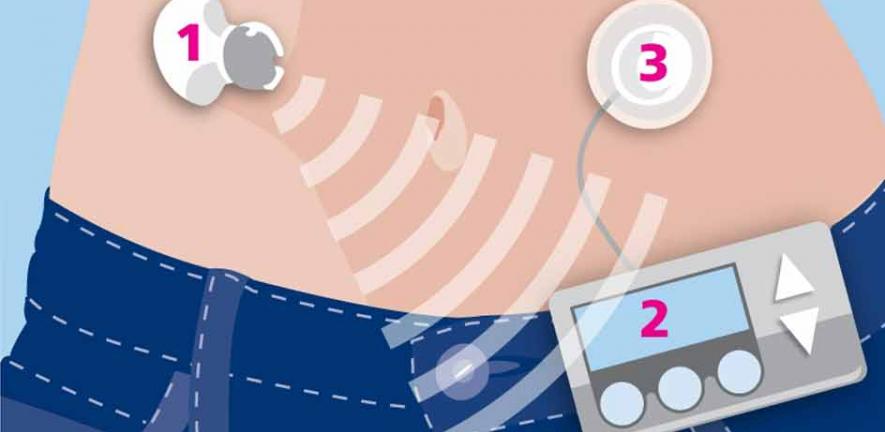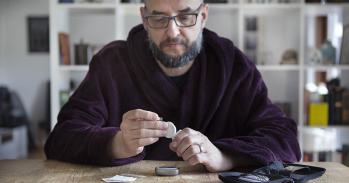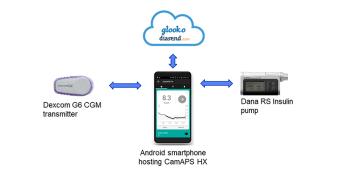
Cambridge research funded by the health charity Diabetes UK has for the first time successfully demonstrated the potential of an ‘artificial pancreas’ in preventing night-time hypoglycaemia in adults with Type 1 diabetes.
Cambridge research funded by the health charity Diabetes UK has for the first time successfully demonstrated the potential of an ‘artificial pancreas’ in preventing night-time hypoglycaemia in adults with Type 1 diabetes.
Hypoglycaemia remains a major challenge, especially during the night, so it’s encouraging to see such promising results from our trial using commercially available devices.
Dr Roman Hovorka
Hypoglycaemia (or a ‘hypo’) occurs when the level of glucose in the blood falls too low. If left untreated the person having a hypo can eventually become unconscious after experiencing warning signs as the body tries to raise the blood glucose level. These unpleasant signs often include feeling shaky, sweating, tingling in the lips, heart pounding, and irritability. In extreme cases hypoglycaemia can lead to coma and brain damage, and can sometimes prove fatal.
The ‘artificial pancreas’ or closed-loop insulin delivery system automatically manages a person’s diabetes. The device regulates blood glucose levels by releasing insulin when alerted to high levels of glucose, and withholding it when levels are low. Currently people with Type 1 diabetes have to either inject insulin several times a day or wear an insulin pump2 which releases the hormone via a cannula inserted under the skin.
University of Cambridge researcher Dr Roman Hovorka led two studies to evaluate the performance of the artificial pancreas in 10 men and 14 women, aged 18 to 65, who had used an insulin pump for at least three months.
The first study monitored 12 participants overnight after consuming a medium-sized meal (60 g carbohydrate) at 7pm. In the second study, the other 12 participants were monitored overnight after consuming a larger meal (100 g carbohydrate) accompanied by alcohol at 8.30pm.
The studies showed a 22 per cent improvement in the time participants kept their blood glucose levels in a safe range, halving the time they spent with low blood glucose levels and reducing the risk of both short term and long term complications.
Dr Hovorka said: “Hypoglycaemia remains a major challenge, especially during the night, so it’s encouraging to see such promising results from our trial using commercially available devices.
“The study is a stepping stone to testing the artificial pancreas at home and suggests that the artificial pancreas may be suitable in adults as well as in children and adolescents we found previously.”
Diabetes UK Director of Research Dr Iain Frame said: “Although early days, this exciting area of research is a fantastic example of how existing technologies, in this case, insulin pumps and continuous glucose monitors, can be adapted and developed. The improvements in glucose control overnight using this new technology are impressive and it is good to see this work develop with the addition of testing the effects following a meal with some wine.
“We now need to see an extension of this study, one which tests larger numbers of people, and then take it out of the hospital and in to the home setting.”
The research was published in the British Medical Journal today, 15 April.
This work is licensed under a Creative Commons Licence. If you use this content on your site please link back to this page.





